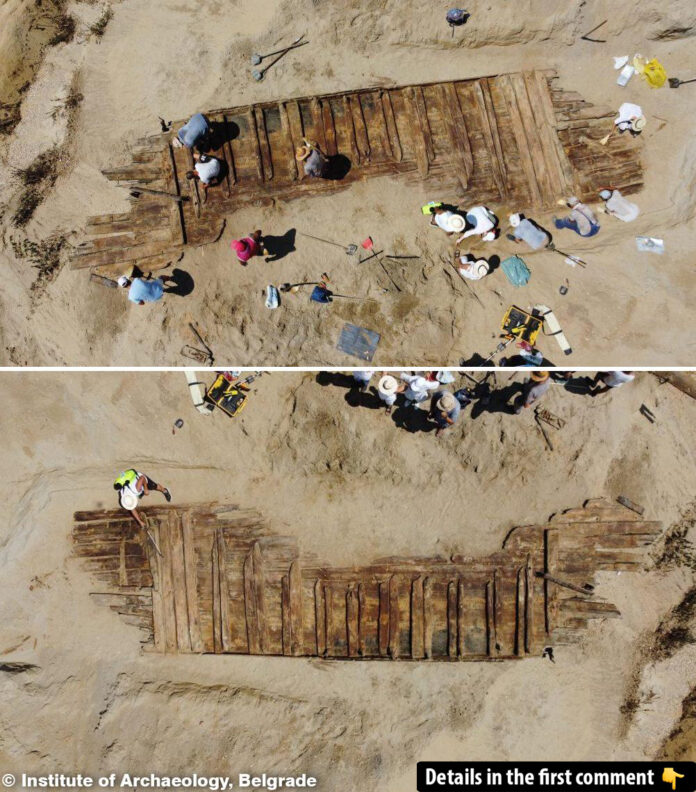The tranquil Serbian village of Drmno recently became the site of a groundbreaking archaeological discovery. Beneath 25 feet of silt, coal miners stumbled upon the remains of a Roman ship, an artifact believed to date back to the 3rd or 4th century CE. This unexpected find offers a fascinating glimpse into the history of Viminacium, a once-thriving Roman city and naval hub, located nearby.
Uncovering the Ancient Vessel
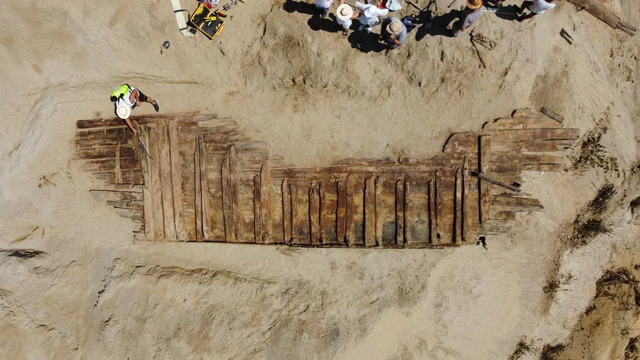
The excavation began when coal miners at Drmno quarry unearthed timber fragments while digging. Further exploration revealed the remarkably well-preserved remains of a 42-foot-long flat-bottomed Roman ship. Archaeologists from the Viminacium site quickly intervened to document and preserve the vessel, which had lain undisturbed for centuries.
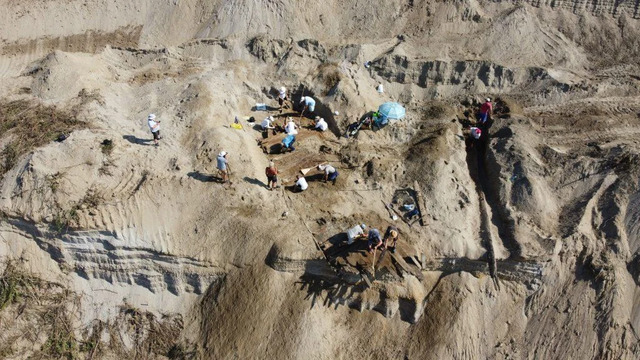
The ship’s structure suggests it was designed for diverse purposes, including towing cargo, transporting goods, or being propelled by oars. In favorable conditions, it may even have employed an auxiliary sail for navigation. The ship’s discovery has provided invaluable insights into the naval capabilities and trade networks of ancient Rome.
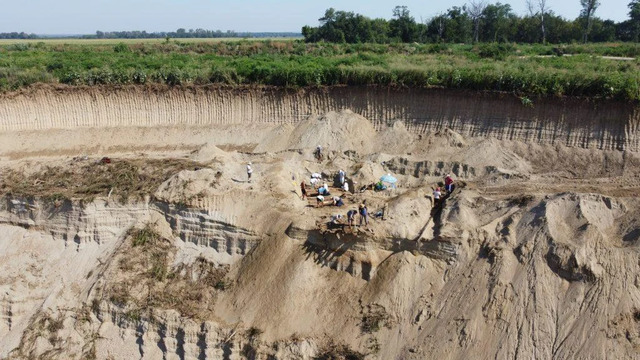
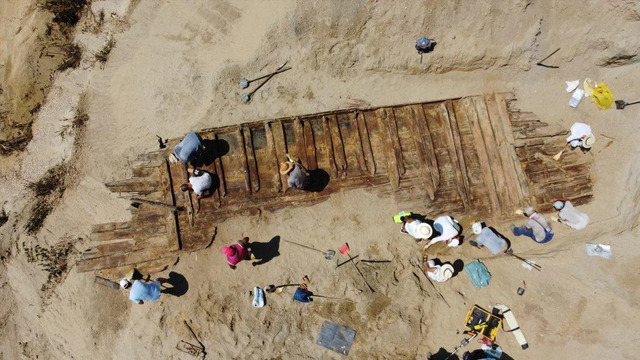
Video
Serbian coal miners have uncovered an ancient Roman ship – watch the video to learn more about this unexpected discovery and its historical significance!”
Viminacium: A Roman Frontier Hub
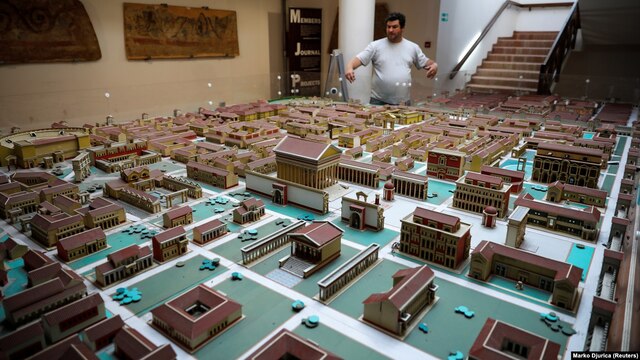
Located near the Danube River, Viminacium was a critical Roman settlement and a bustling hub of activity. At its height, the city boasted a population of 45,000, making it one of the largest urban centers in the Balkans. The city featured impressive amenities such as a palace, temples, an amphitheater, aqueducts, and workshops, showcasing Roman engineering and cultural influence.
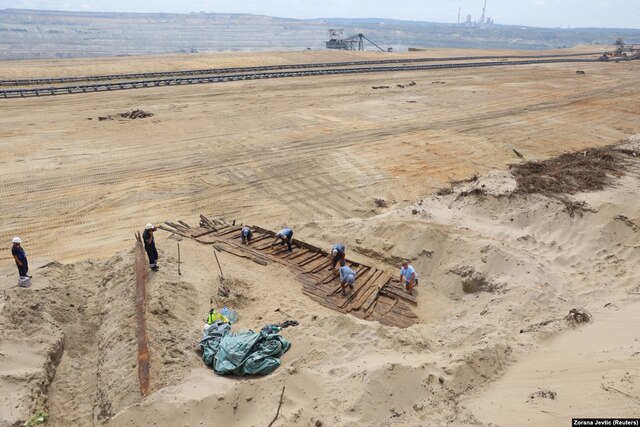
Strategically situated, Viminacium served as a vital link between the Danube River and the broader Roman Empire. The river facilitated trade and military logistics, allowing the city to thrive as a regional center. This newly discovered ship likely played a role in connecting Viminacium to other parts of the empire, emphasizing its importance in commerce and defense.
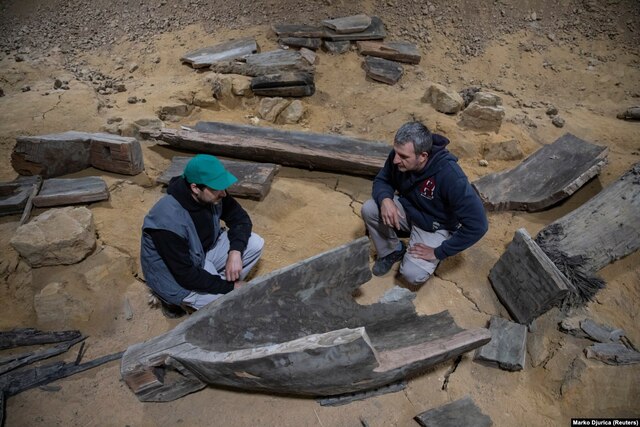
Significance of the Roman Ship
The Roman ship is a testament to the ingenuity and adaptability of Roman naval engineering. Its flat-bottomed design made it ideal for navigating rivers and transporting goods to and from Viminacium. The ship’s discovery sheds light on the city’s extensive trade networks and its role as a military stronghold on the empire’s frontier.
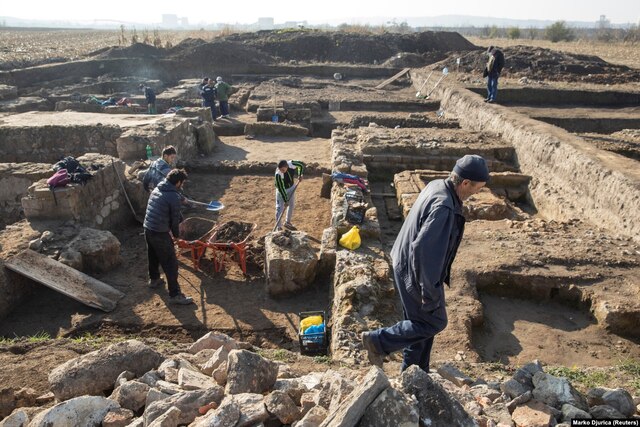
Radiocarbon dating is underway to determine the ship’s exact age, though its proximity to Viminacium suggests it dates back to the city’s heyday. The vessel’s state of preservation also offers researchers a unique opportunity to study the craftsmanship and materials used in Roman shipbuilding.
Past Discoveries and Archaeological Efforts
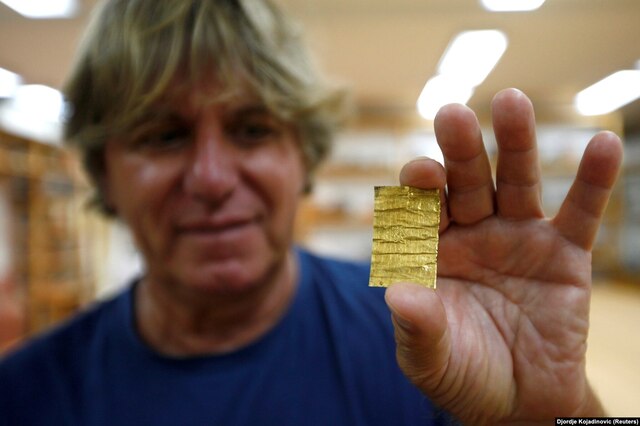
The discovery of the Roman ship adds to a long list of significant finds at Viminacium. Archaeological efforts at the site began in 1882 and have uncovered an array of artifacts, including silver and gold treasures, mosaics, frescoes, and even the remains of mammoths. In 2020, miners unearthed three additional Roman ships in the same area, though these vessels were less well-preserved.
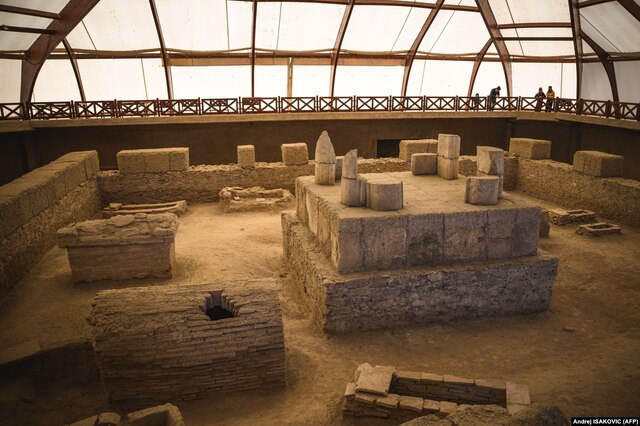
One of Viminacium’s most remarkable discoveries was an intact Roman sarcophagus, undisturbed for nearly 2,000 years and filled with artifacts. These findings highlight the city’s historical and cultural significance, offering glimpses into the lives of its ancient inhabitants.
Despite over a century of excavations, archaeologists estimate that only 5 percent of the site has been explored. Covering an area larger than New York’s Central Park, Viminacium remains one of the most significant Roman archaeological sites not buried beneath a modern city.
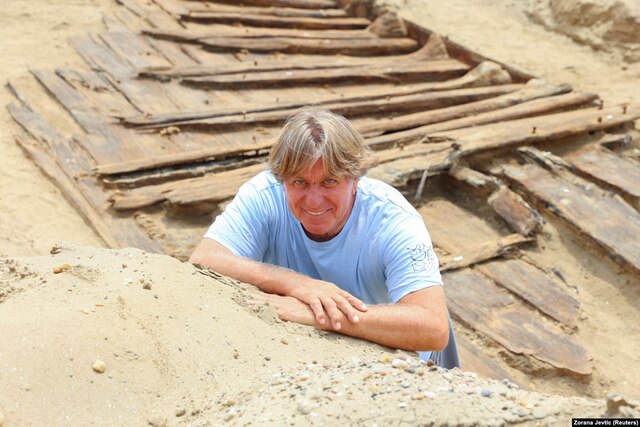
Preservation and Future Exploration
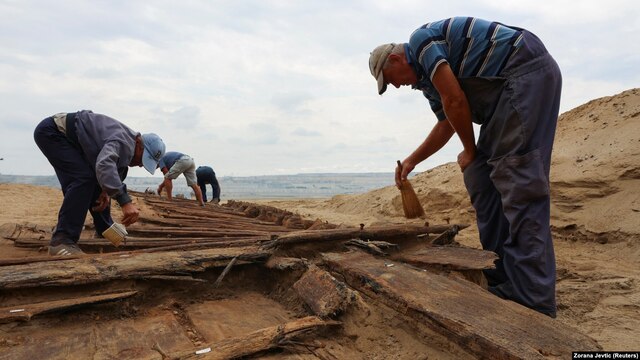
Preserving the Roman ship presents a significant challenge. The fragile wooden hull requires meticulous handling to prevent damage during transportation and conservation. Engineers are designing a special structure to lift and move the vessel safely, ensuring its long-term preservation.
Once restored, the ship will join thousands of other artifacts from Viminacium on display at the Kostolac museum. The museum, already home to treasures such as gold coins, jade sculptures, and mammoth remains, provides a comprehensive look at the region’s rich history.
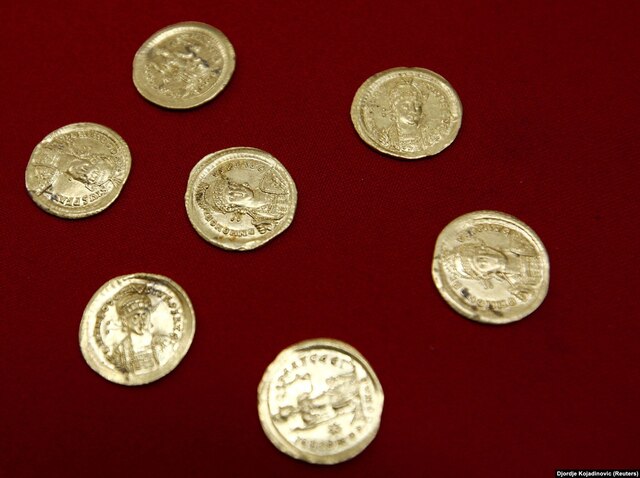
Future excavations at Viminacium hold the promise of even more discoveries. The site’s untouched areas may yield further insights into Roman life, trade, and military strategies. Each find adds another layer to our understanding of this once-thriving city and its role within the empire.
Conclusion
The discovery of a Roman ship in Serbia is a testament to the enduring legacy of Viminacium. This ancient city, with its impressive architecture and strategic significance, continues to reveal its secrets through archaeological efforts. The ship not only provides a glimpse into Roman engineering and trade but also underscores the importance of preserving our shared heritage.
As researchers work to conserve and study the ship, Viminacium remains a symbol of the Roman Empire’s far-reaching influence. This find serves as a reminder of the rich history buried beneath our feet, waiting to be uncovered and shared with the world.
